“One Of Us Is Yellow”: Doctor Fu Manchu and The Talons of Weng Chiang (Guest Post by Kate Orman)
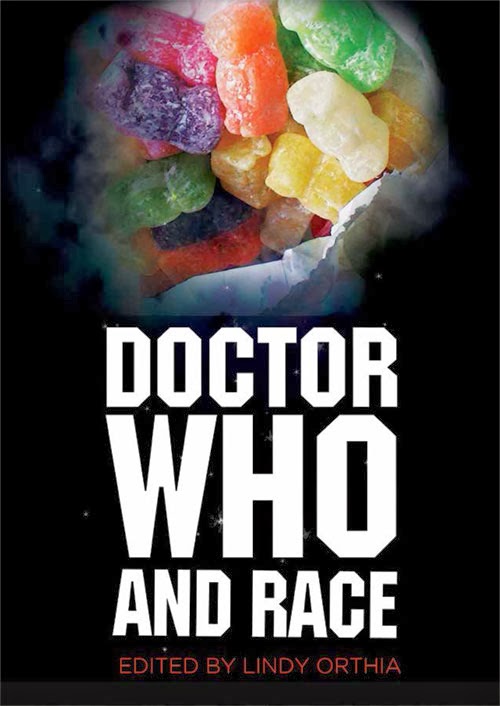 In light of recent controversies in and around Doctor Who Magazine about The Talons of Weng-Chiang, it is our pleasure to reprint Kate Orman’s essay from Lindy Orthia’s collection Doctor Who and Race, which is, for my money, the best and most comprehensive take on the story’s racism out there, and something that absolutely needs to be seen by a wider audience. Massive thanks to both Kate and Lindy for agreeing to our republishing it.
In light of recent controversies in and around Doctor Who Magazine about The Talons of Weng-Chiang, it is our pleasure to reprint Kate Orman’s essay from Lindy Orthia’s collection Doctor Who and Race, which is, for my money, the best and most comprehensive take on the story’s racism out there, and something that absolutely needs to be seen by a wider audience. Massive thanks to both Kate and Lindy for agreeing to our republishing it.
“Maybe we wouldn’t get away with it these days.”
– Philip Hinchcliffe[1]
Introduction
As a Chinese doctor who fan, I just want to say Talons of Weng Chiang was so horrible for me that I didn’t manage to finish watching it… Why did I even try to watch it, knowing there’re evil Chinese stereotypes? I should have known better. I love my show and it’s painful to watch.[2]
The Talons of Weng-Chiang (1977), a long-standing favourite, has only two real flaws in the eyes of Doctor Who fans: the casting of white actor John Bennett as Chinese villain Li H’Sen Chang, and an unconvincing giant rat. While the rat can be smiled at, the story’s use of ‘yellowface’ has to be explained away. Paradoxically, the intense moral opprobrium attached to calling something ‘racist’ helps to obscure the presence of racism. If racism is anathema, then when a story we cherish contains racially charged elements, we must show that it’s not really racist – and neither are we for loving it.
The rat and the yellowface are both forgiven by fans on the same grounds: the exigencies of seventies television production. Neither technology nor attitudes were as advanced then as they are now, and maybe Asian actors were rarer in those days.
I think the fan discussion around Bennett’s casting misleads us. Even if, say, Burt Kwouk, Anthony Chinn, Robert Lee, Kristopher Kum, or Cecil Cheng[3] had been cast as Chang, it still wouldn’t have fixed Talons. The yellowface is only the most conspicuous component of a collection of contemptuous clichés in which Talons is involved – up to its epicanthic eyebrows!
The Devil Doctor
Jago: You mean to say the Celestial Chang was involved in all these Machiavellian machinations?
The Doctor: Yes, up to his epicanthic eyebrows.
Hostile racial caricatures don’t just appear from thin air: they’re created for a reason. Politicians and the press may be trying to justify a war or scapegoat immigrants. However, the early twentieth century English novelist Arthur Sarsfield Ward, better known as Sax Rohmer, had a different reason: to make money. As his biographers note, “Conditions for launching a Chinese villain on the market were ideal […] The Boxer Rebellion had started off rumours of a Yellow Peril which had not yet died down. Recent events in Limehouse had again drawn public attention eastwards.”[4]
Drawing on the anti-Chinese stereotypes which had long been promoted by British newspapers, boys’ magazines[5], and politicians[6], Ward conjured up not the first but by far the most influential[7] Oriental criminal mastermind bent on world domination: Fu Manchu.…

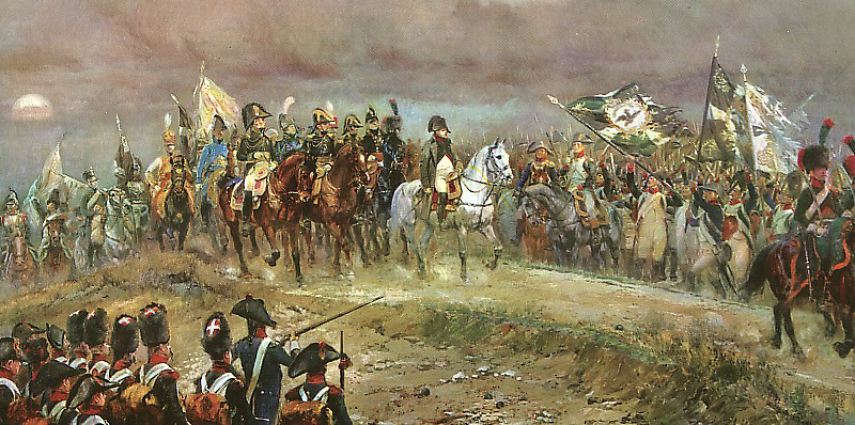
 It’s been nearly five years since I last wrote about Big Finish on this site. Much of this gap is due to the fact that it’s only fairly recently that Big Finish’s license was expanded to cover the new series, so there’s been pretty slim pickings post-McGann. But in 2015 Big Finish released their first Torchwood and UNIT audios, and since then new series-adjacent material has been a mainstay of their increasingly bloated line. To date there’s nothing that directly ties into the Capaldi era, but as all of Osgood’s stories and all but one of Kate Stewart’s have Capaldi in them, this seemed the line to check back in on the company with.
It’s been nearly five years since I last wrote about Big Finish on this site. Much of this gap is due to the fact that it’s only fairly recently that Big Finish’s license was expanded to cover the new series, so there’s been pretty slim pickings post-McGann. But in 2015 Big Finish released their first Torchwood and UNIT audios, and since then new series-adjacent material has been a mainstay of their increasingly bloated line. To date there’s nothing that directly ties into the Capaldi era, but as all of Osgood’s stories and all but one of Kate Stewart’s have Capaldi in them, this seemed the line to check back in on the company with..jpg) The Nazis won the war. They invaded and colonised the Western consciousness. They marched into, occupied, and restructured our heads. They redrew the maps in our minds. They razed and rebuilt our perceptions. They re-engineered our entire civilisation. They purged the libraries of our brains of the books they didn’t like, and convinced many of us to burn those books, happily, with smiles on our faces, certain that in so doing we were fighting intolerance and tyranny. They wrote new books, and we filled the shelves with them. They rewrote our entire story, and we still live in their unfolding plot.
The Nazis won the war. They invaded and colonised the Western consciousness. They marched into, occupied, and restructured our heads. They redrew the maps in our minds. They razed and rebuilt our perceptions. They re-engineered our entire civilisation. They purged the libraries of our brains of the books they didn’t like, and convinced many of us to burn those books, happily, with smiles on our faces, certain that in so doing we were fighting intolerance and tyranny. They wrote new books, and we filled the shelves with them. They rewrote our entire story, and we still live in their unfolding plot.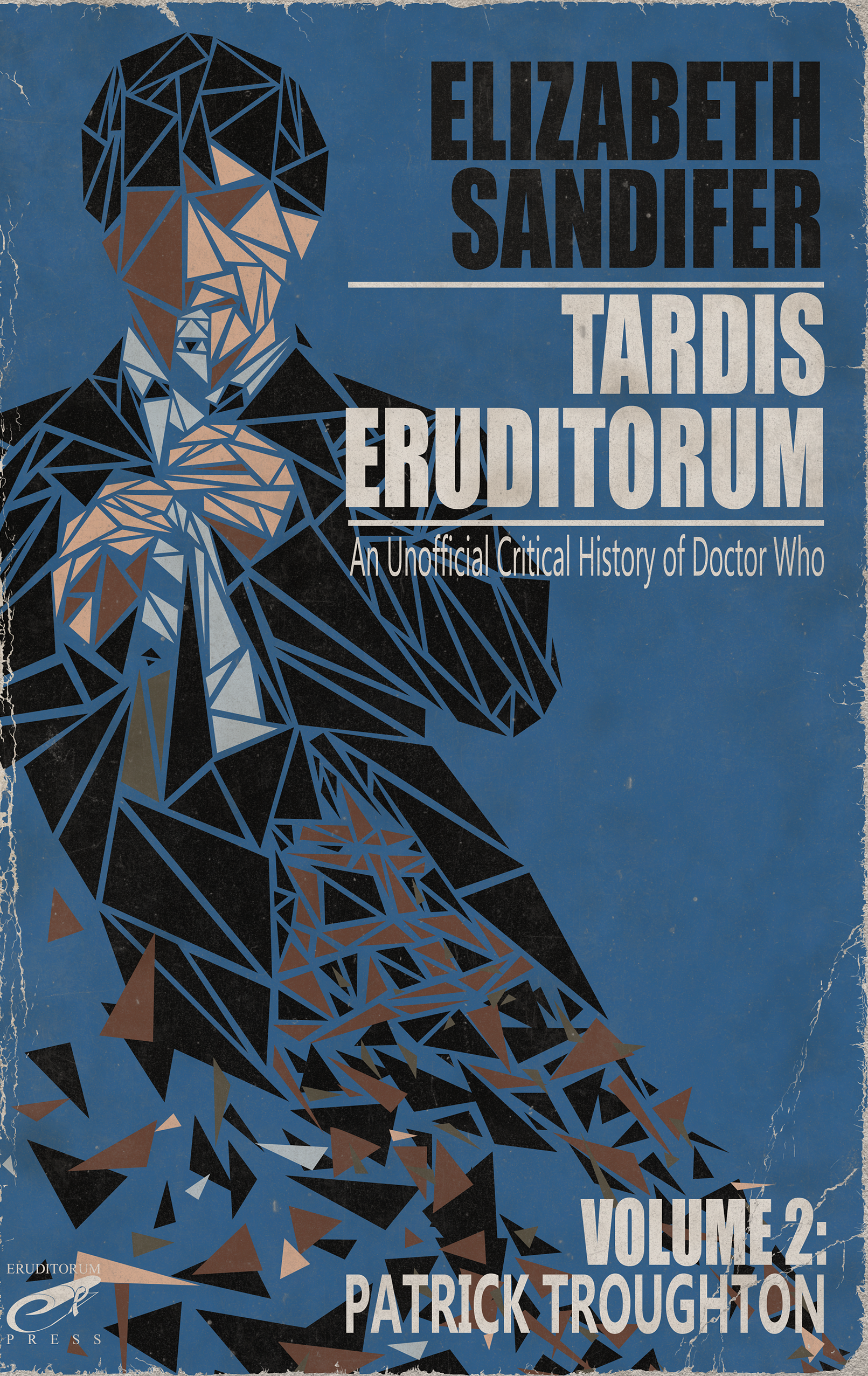 Eruditorum Press is pleased to announce the reissuing of TARDIS Eruditorum Volume 2: Patrick Troughton, the second book in the TARDIS Eruditorum series, a sprawling history of modern Britain through the idiosyncratic yet productive lens of Doctor Who. As the name suggests, this volume covers the Patrick Troughton era, with essays on every televised story from The Power of the Daleks through The War Games, along with side jaunts into a myriad of spinoff media both contemporary and anachronistic, as well as essays on other cultural events such as You Only Live Twice, The Prisoner, Batman, and the Summer of Love.
Eruditorum Press is pleased to announce the reissuing of TARDIS Eruditorum Volume 2: Patrick Troughton, the second book in the TARDIS Eruditorum series, a sprawling history of modern Britain through the idiosyncratic yet productive lens of Doctor Who. As the name suggests, this volume covers the Patrick Troughton era, with essays on every televised story from The Power of the Daleks through The War Games, along with side jaunts into a myriad of spinoff media both contemporary and anachronistic, as well as essays on other cultural events such as You Only Live Twice, The Prisoner, Batman, and the Summer of Love. 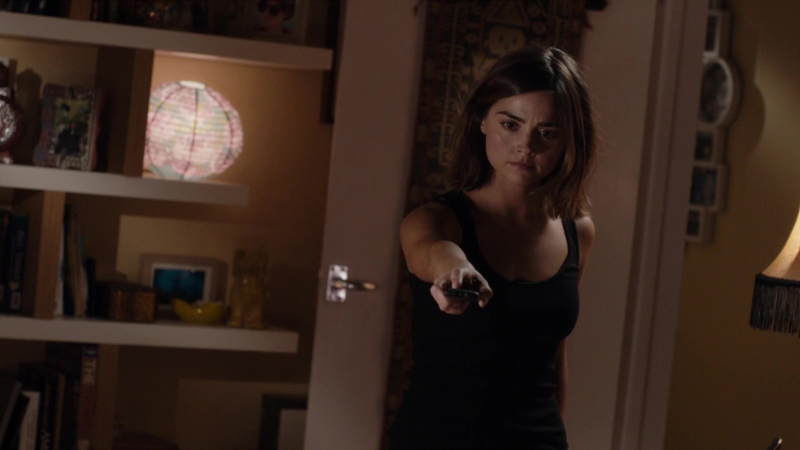
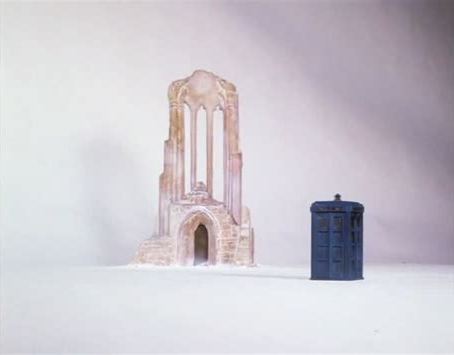 Paleolibertarianism was a consciously devised mutation of Austrian-influenced libertarianism, concocted by the late-20th century’s most prominent devotee of Austrian dogma, Murray Rothbard (and his fawning cohorts).
Paleolibertarianism was a consciously devised mutation of Austrian-influenced libertarianism, concocted by the late-20th century’s most prominent devotee of Austrian dogma, Murray Rothbard (and his fawning cohorts). 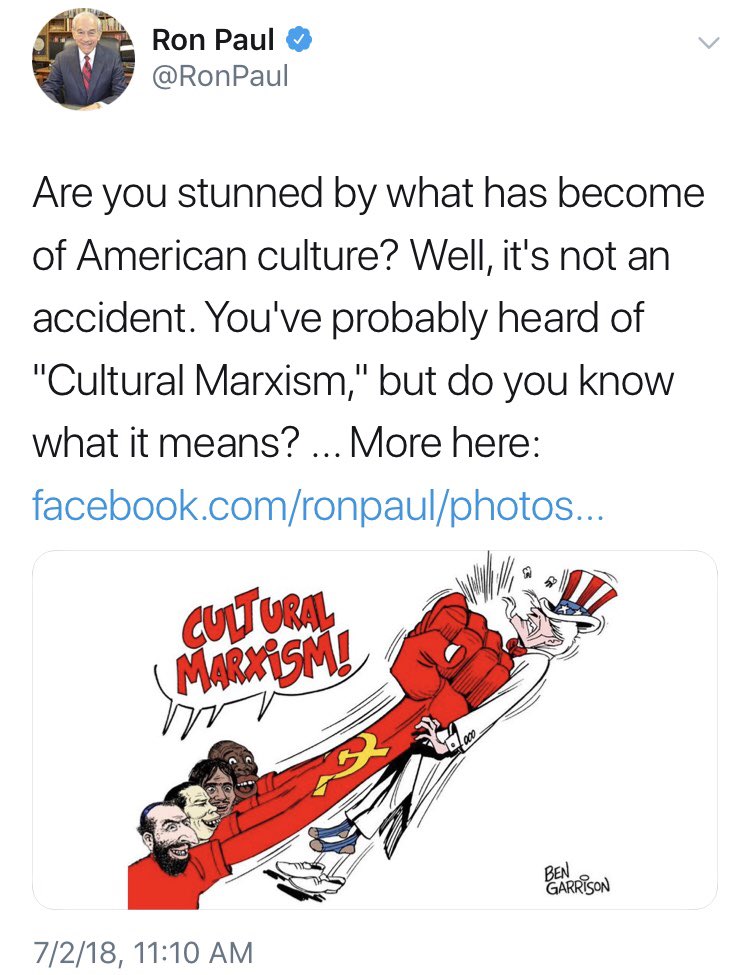
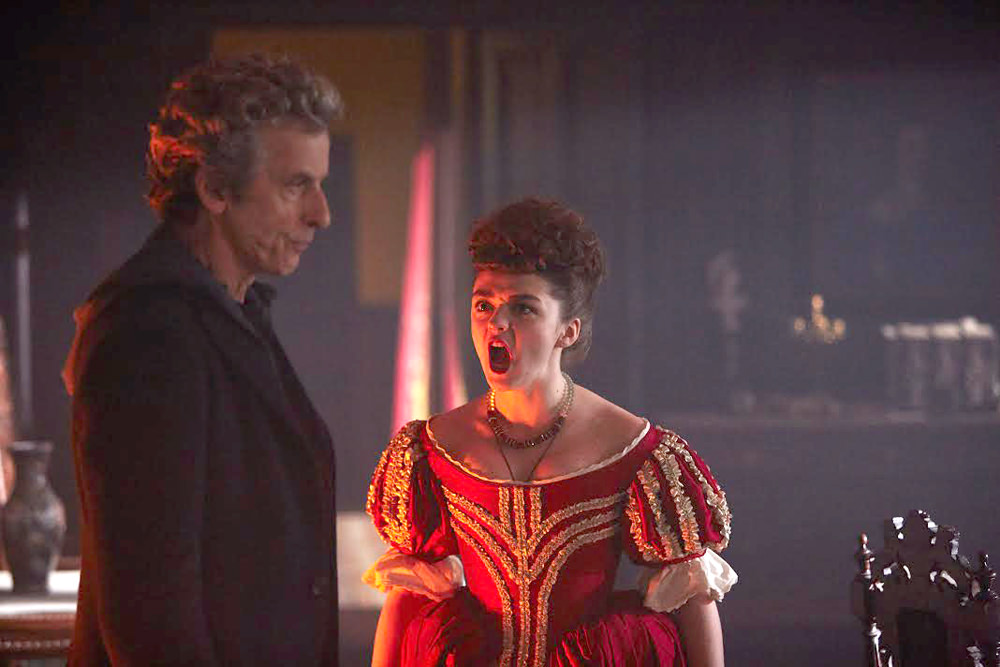
 As we know, the Austrian School is – but is not limited to – a heterodox branch of bourgeois economics. It is, however, founded upon a more-or-less explicitly political project. And this project continues to animate its zombie, and its zombified victims, infected by its bite. But then the Austrians’ iteration of the new (in the 1870s) bourgeois economic doctrine of marginalism was always a political project, even in its dry theoretical basis.
As we know, the Austrian School is – but is not limited to – a heterodox branch of bourgeois economics. It is, however, founded upon a more-or-less explicitly political project. And this project continues to animate its zombie, and its zombified victims, infected by its bite. But then the Austrians’ iteration of the new (in the 1870s) bourgeois economic doctrine of marginalism was always a political project, even in its dry theoretical basis.  For all that we’ve been picking on the inadequacies of the standard book line, there had been efforts in the background to try new things. For a variety of reasons we didn’t cover efforts like Summer Falls and The Angel’s Kiss in the late Matt Smith era (actually just one reason, which was me saving things for the book), but they certainly represented one effort to change what the book line can and should do. The Legends of Ashildr represents a stab at another possible shape the books could take—anthologies of several short stories. Obviously there are some constraints around this. Just dumping a couple Doctor Who short story collections a year is an invitation for mediocrity with no obvious sales hooks. Whatever one might say about Big Bang Generation, it at least has a hook you can sell it with in a way that wouldn’t be true of a straightforward collection of shorts.
For all that we’ve been picking on the inadequacies of the standard book line, there had been efforts in the background to try new things. For a variety of reasons we didn’t cover efforts like Summer Falls and The Angel’s Kiss in the late Matt Smith era (actually just one reason, which was me saving things for the book), but they certainly represented one effort to change what the book line can and should do. The Legends of Ashildr represents a stab at another possible shape the books could take—anthologies of several short stories. Obviously there are some constraints around this. Just dumping a couple Doctor Who short story collections a year is an invitation for mediocrity with no obvious sales hooks. Whatever one might say about Big Bang Generation, it at least has a hook you can sell it with in a way that wouldn’t be true of a straightforward collection of shorts.